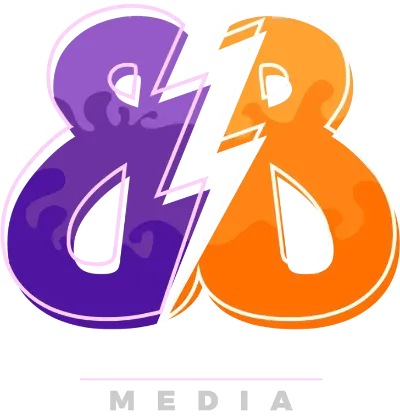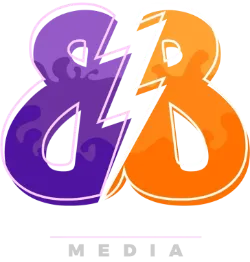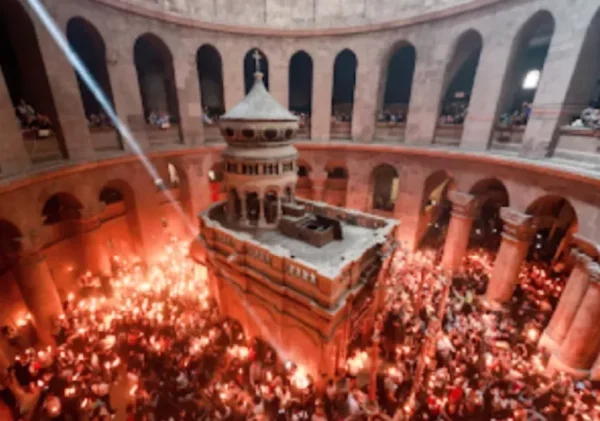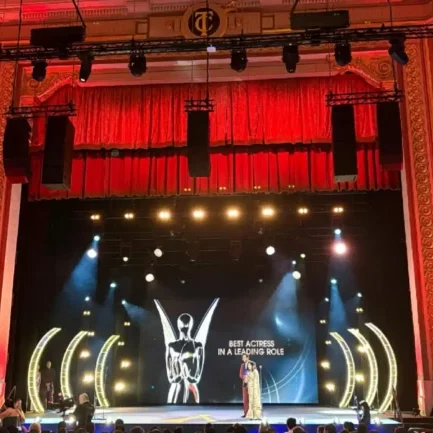Catholicism: Origins, Core Beliefs, and the History of the Catholic Church
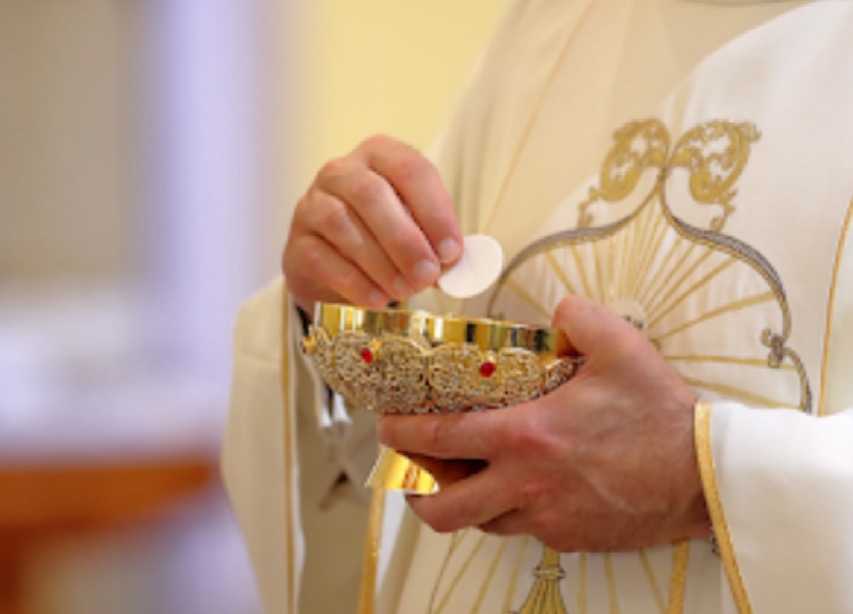
SHARE
Rich in tradition and global in scope, the Roman Catholic Church stands as the world’s largest Christian body—with over a billion adherents and more than two millennia of spiritual history. Its origins, teachings, and institutional legacy continue to shape cultures, nations, and individual lives across the globe.
The roots of Catholicism trace back to the early Christian community in Rome during the apostolic era (circa AD 30–95). While Scripture doesn’t record who first preached in Rome, St. Paul’s letter to the Romans and references in the Acts of the Apostles confirm the Church’s early presence there.
Tradition holds that St. Peter, a central apostle of Christ, served as the first bishop of Rome. Martyrdoms of both Peter and Paul in the imperial city solidified Rome’s spiritual significance, drawing early Christians to venerate their legacy.
Embed from Getty ImagesAs Christianity spread, Rome’s bishop gained increasing influence—bolstered not only by spiritual lineage but also by Rome’s political prominence. Church leaders began to defer to the Roman bishop, eventually known as the Pope. The seat of Peter thus became a center of theological authority and continuity.
Embed from Getty ImagesA major turning point came in 1054 with the Great Schism. Doctrinal disputes—particularly over the Pope’s authority and the “filioque” clause in the Nicene Creed—led to a split between the Western (Roman Catholic) and Eastern (Orthodox) churches.
Centuries later, the 16th-century Reformation shook the Church again. Reformers like Martin Luther and John Calvin challenged Catholic teachings on salvation, authority, and the sacraments. This resulted in the birth of various Protestant denominations, further fragmenting Christianity.
Despite centuries of change, certain beliefs remain central to Catholicism. At its heart is the conviction that the Roman Catholic Church is the one true Church founded by Christ. Catholics believe that the Pope is the vicar of Christ on earth and the spiritual successor to St. Peter. This belief underscores Catholic views on Church authority and teaching.
The Church recognizes both Scripture and Sacred Tradition as sources of divine revelation. Catholics believe that oral teachings passed down from the apostles hold equal weight with the written Word. This dual-source approach defines how doctrine is formed and defended.
Catholics also uphold seven sacraments as essential means of grace—Baptism, Confirmation, Eucharist, Penance, Anointing of the Sick, Marriage, and Holy Orders. The Eucharist, or Holy Communion, is central to Catholic worship. Through the doctrine of transubstantiation, the bread and wine are believed to become the actual Body and Blood of Christ.
Catholic practice includes veneration of saints and especially the Virgin Mary, who is honored as the Mother of God and was, according to Catholic teaching, immaculately conceived and assumed bodily into heaven. Catholics ask for saints’ intercession—not worship—and draw spiritual support from their examples of holiness.
A structured hierarchy sets the Church apart. Bishops, priests, and deacons serve under the spiritual leadership of the Pope, whose authority was formally defined as infallible in matters of faith and morals by the First Vatican Council in 1870—though this is invoked rarely.
*Cover Photo/Thumbnail Photo from shutterstock.com
RELATED ARTICLES
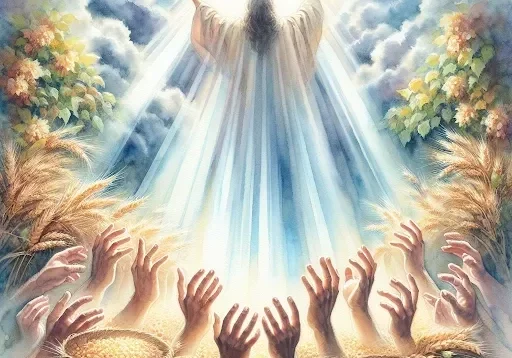
I’m a Christian and I Got No Startup Money!
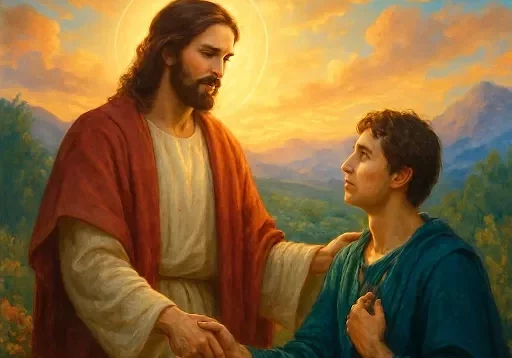
Tempted to Abandon My Calling
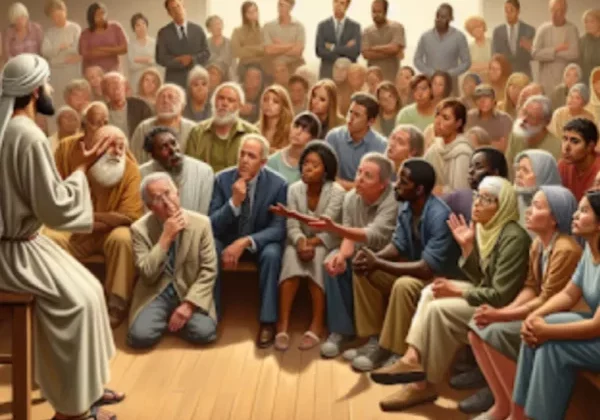
A Christian’s Call to Wise Listening

